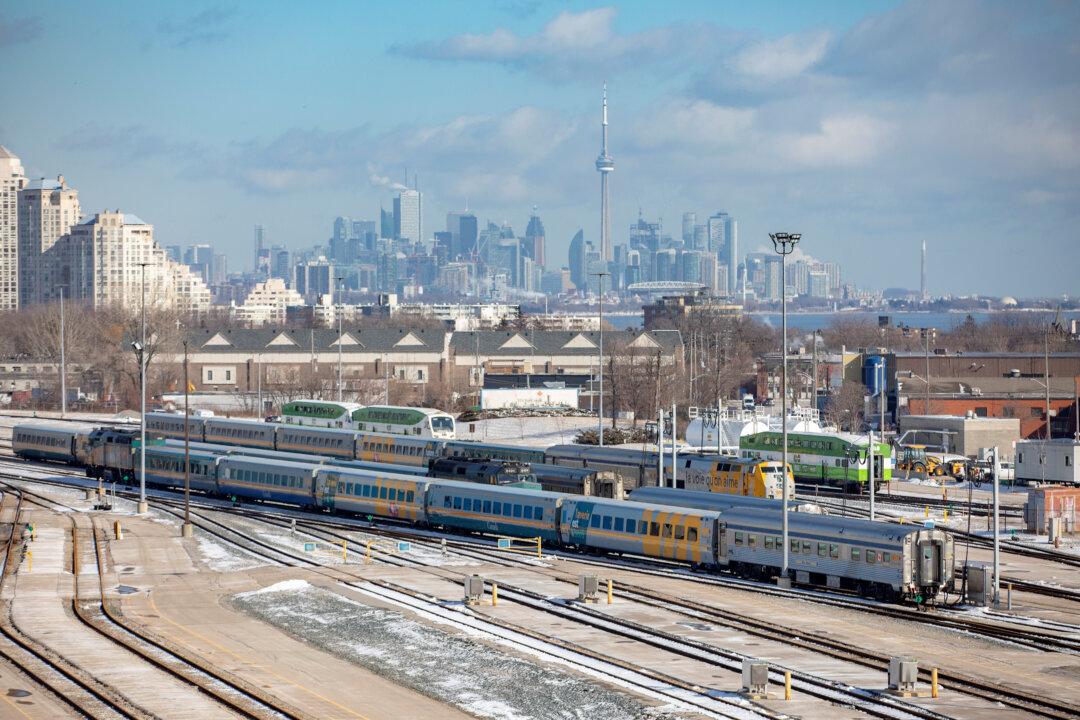Taxpayer-funded Crown corporation VIA Rail will run at an estimated operating deficit of $411 million this year, according to the company’s newest corporate plan. Despite layoffs and service cuts to try and slow steep losses, the railway is expected to continue to lose money for at least two more years, according to the report.
The railway lost $370.5 million in 2021 and $415.8 million in 2020.





